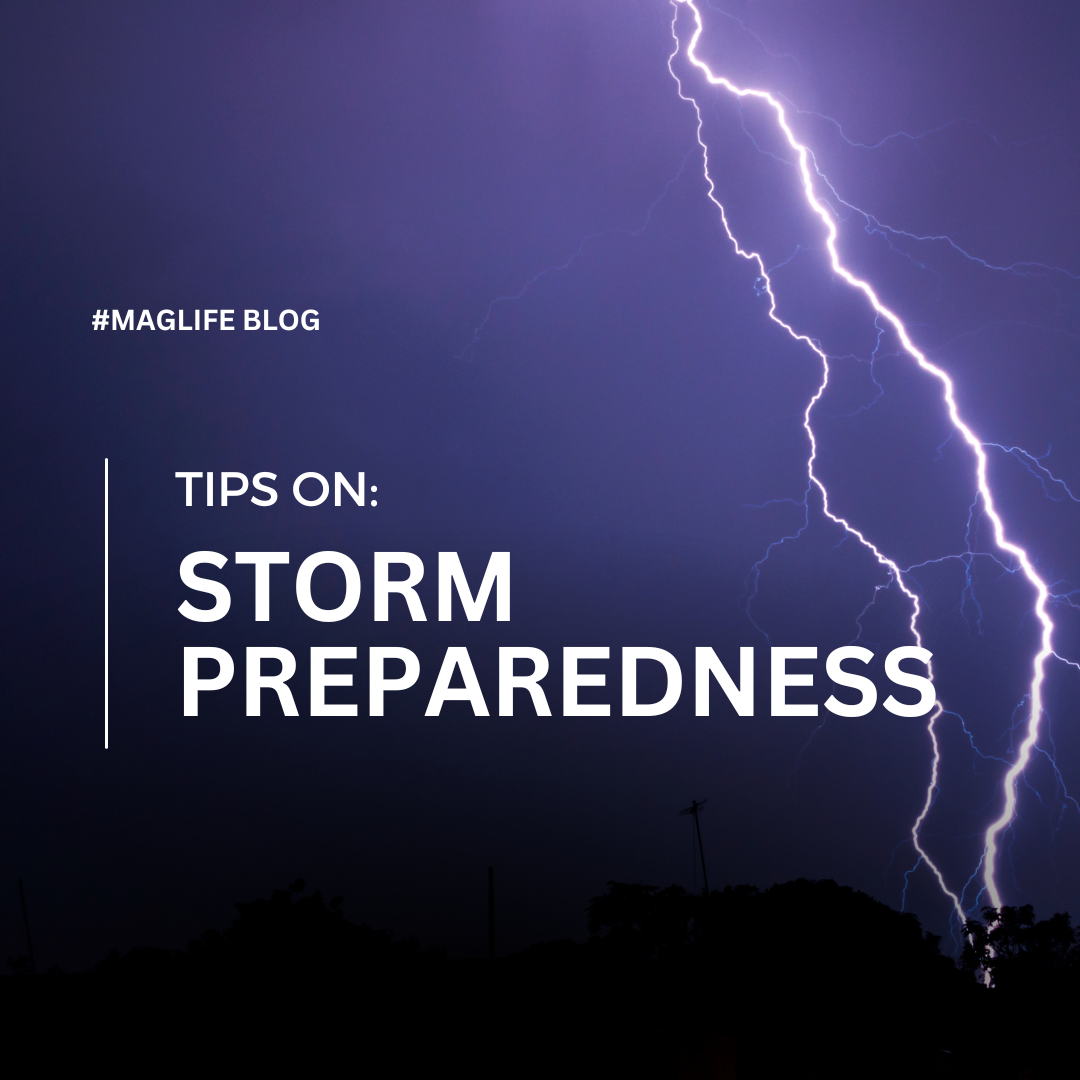
As a 40-year law enforcement veteran, I’ve worked with a very wide range of police flashlights over the years. Many of them were the Maglite brand. As a patrol officer, investigator, SWAT team, member, and law enforcement trainer, I think I may have a decent perspective of what works best in terms of the handheld “tactical” flashlights. A handheld tactical light can be used as a weapon light, area light for searching, or general utility. Hopefully, some of what I consider to be important basic requirements will prove helpful to you in your search for this very important piece of equipment.
- The lumen output should not be overpowering when the light is used at close range. 1000 lumens should be the maximum—lights with a lumen output of around 500 lumens are ideal. Dimming the light immediately after turning it on should not be a regular pattern of use.
- A multi-role tactical should be a mid-sized light with good balance and easily adapted to various operating holds and grip styles. An overall length of 5 to 6 inches is great as a belt or pocket carried light.
- Only 3-4 modes at most should be available, and those limited modes should be easily accessible and simple to use. A low setting must be available as a momentary, constant-on, and—depending on the max lumen output. While a strobe setting can be useful—especially for law enforcement use—the lack of one is not a deal breaker for civilian users.
- A good handheld tactical light should be operated via a tail-cap switch that can be easily operated with just the thumb of one hand. A tail-cap switch that features quiet operation is helpful for room and area searches.
- NEVER select a light that you are planning on staking your life on from a display of “un-brand” lights in the checkout line of your local big-box store.
In closing, don’t scrimp on your tactical light. There is no room for a junk light in your pocket or on your belt, any more than there is a place for a junk gun, holster, or knife because it just may be called on to save your life.
Bio Information for Scott W. Wagner
Scott Wagner is a 40-year Ohio law enforcement veteran who started his law enforcement career in 1980 as a reserve deputy with the Licking County Sheriff’s Office. In 1981 he started his full-time law enforcement career as an undercover investigator for the Ohio Department of Liquor Control. In 1982 he took a position as a narcotics detective for the Licking County Sheriff’s Office. In 1984 he began working full-time as a patrolman for the City of Reynoldsburg police department. He became a certified police firearms instructor in 1986 and was later certified in defensive tactics, chemical agents, baton, driving, assault rifle, Taser, and police fitness.
In 1991 he left Reynoldsburg and became a full-time police academy commander and college professor at Columbus State Community College and a reserve deputy with the Union County Sheriff’s Office. He left UCSO in 2011 having worked patrol, training, and SWAT assignments and took a position as a part-time Sergeant with the Village of Baltimore, Ohio Police Department from which he retired from policing in 2020.
Wagner writes for the U.S. Concealed Carry Association and the Springfield Armory blog “Armory Life” and extensively for Harris Publications. He is the author of three tactical/firearms books for FW/Gun Digest publications—Own the Night, Tactical Shotguns, and The Book of Survival Guns. In October of 2022, Wagner was awarded the Ohio Attorney General’s Distinguished Law Enforcement Trainer Award.









